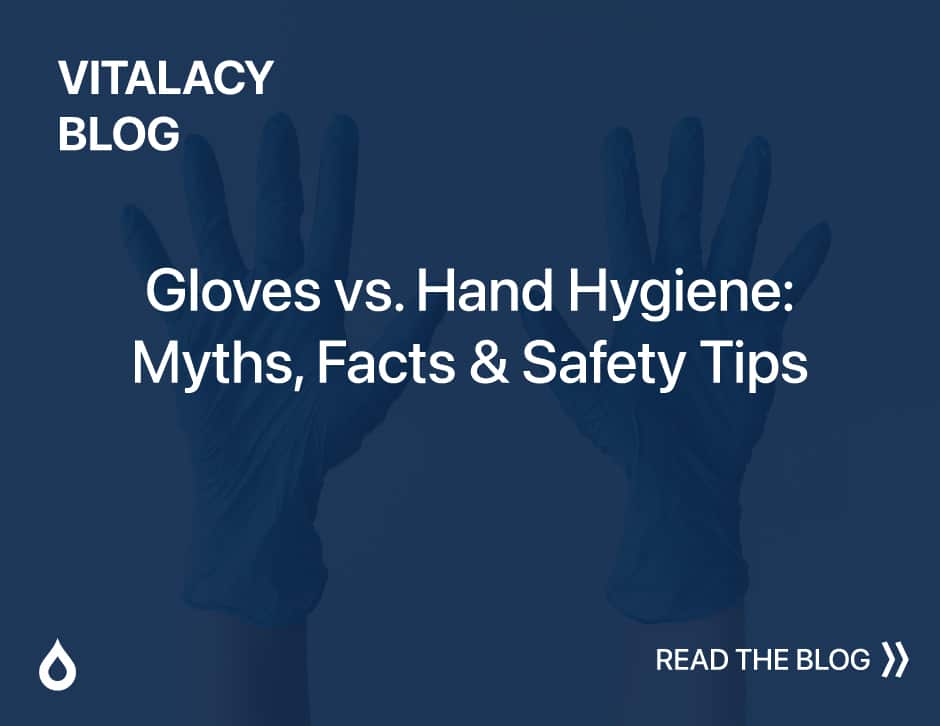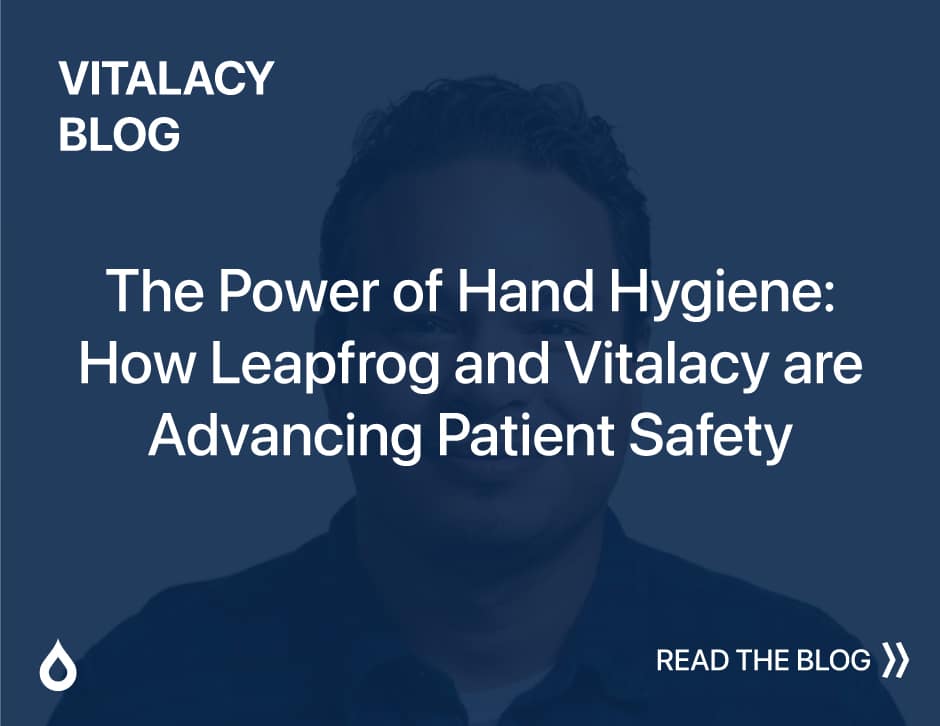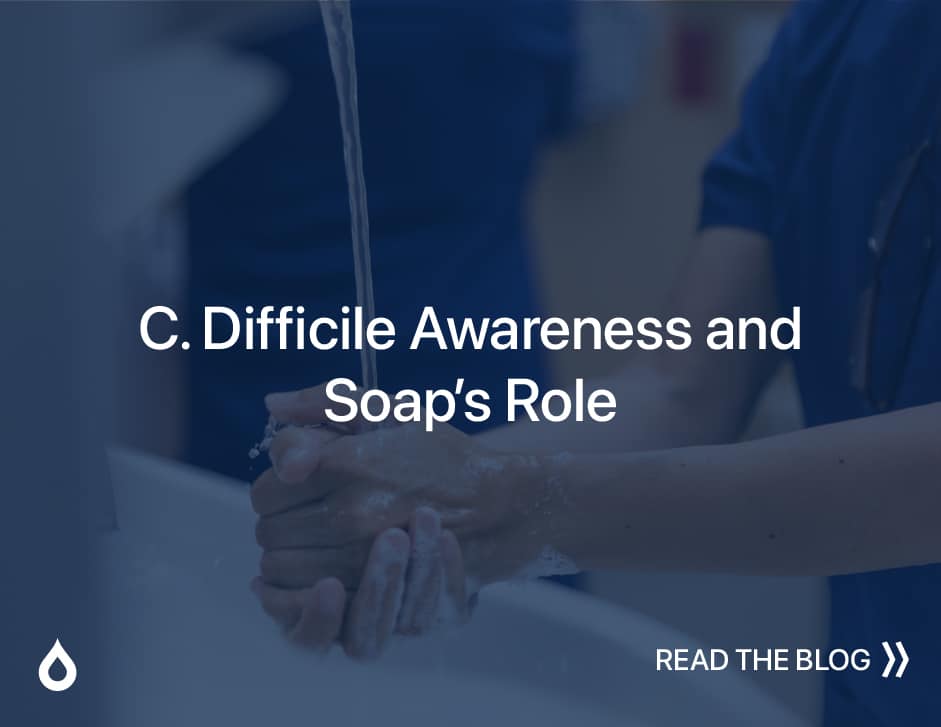Preventing Falls with Predictive Tools
Hospitals have been making progress in fall prevention, but the most recent data still show a significant problem that increases both mortality and medical costs.
The Agency for Healthcare Research and Quality (AHRQ, 2016) reported that fall rates at United States hospitals declined by about 15 percent between 2010 and 2015. However, the number of falls occurring in the U.S. was estimated to be between 700,000 and 1 million in a 2008 publication by Currie, and this estimate has not been lowered by new studies. Florence, et al., 2018, estimated the medical cost of falls among adults aged 65 and older to be about $50 billion nationwide.
Rates of falls vary significantly from hospital to hospital. Bouldin, et al., 2013 estimated the average rate to be 3.56 falls per 1,000 patient days.
Improvements in hospital fall rates seem to depend mostly on individual hospital or system initiatives. For example, Walsh, et al., 2018 reported on the UCLA Medical Center’s success in reducing its fall rate from 3.07 to 2.22 per 1,000 patient days through a variety of fall prevention interventions. A hospital unit in northern California (Mojares, 2018) and another in Illinois (Hassoun, 2019) reported reduced fall rates after implementing quality improvement initiatives.
Fall prevention initiatives are difficult to sustain

Hospital fall prevention initiatives are difficult to sustain due to leadership and staff turnover, the difficulty of incorporating fall prevention into routine behavior (AHRQ, 2013), inadequate feedback to staff on the effectiveness of fall prevention strategies (AHRQ, 2013), and competing clinical and financial priorities (Walsh, et al., 2018).
What are needed are electronic and visual aids that provide predictive information and cues about when to assist patients at risk for falls. Vitalacy took steps in this direction by developing its purposeful rounding module. Vitalacy created this tool in response to a client’s need to reduce the risk of falls among severely immunocompromised end-stage cancer patients. This tool alerts care providers and unit managers when patients have not been visited as often as necessary. The timing and frequency of visits can be set for each patient and adjusted to alert for higher-risk patients.
Electronic and visual aids reduce the burden on care providers
Effective fall prevention requires a shift from interventions that occur mostly after a fall to preventive actions taken to protect the patient at risk. These preventive actions include identifying high-risk patients, frequent rounding, installing and responding to alarms or alerts, and patient education.
Preventive measures reduce falls and subsequent post-fall activities such as fall reporting, care team huddles, and root cause analysis. Most importantly, fall prevention protects patients by reducing adverse health outcomes and costs associated with falls. Hospitals today routinely place millions of dollars into financial reserves to pay liability costs associated with falls – money that could be placed elsewhere for the good of patients (Gallese, 2019).
Patient falls make it necessary to place dollars in liability insurance reserve, reducing margin
For example, I recently learned of an incident of a patient at risk for a fall who attempted to walk to the bathroom on his own, after waiting a long time for a nurse to respond to a call light. He fell backwards, hit his head, and sustained a traumatic brain injury due to this patient safety lapse. Not having the resources to treat this type of injury onsite, the hospital airlifted him to a regional academic medical center, where he died.
The responsibility for the cost of care resulting from the accident fell to the hospital where the fall occurred. The hospital could not collect insurance reimbursement on more than $50,000 of costs related to the treatment of a healthcare-acquired condition because the incident fell into the category of a defined “never event” — a patient safety failure. The man’s family also sued the hospital for this patient safety lapse.
Dollars placed in reserve are dollars unavailable for patient care or community programs

A hospital’s professional liability insurance reserve, set aside each year according to actuarial recommendation, can easily amount to hundreds of millions of dollars a year, as the recommendation is often set at or around $2,860 per occupied bed per day, per year (AON/ASHRM, 2018). So say your actuarial team proposes placing $200 million into your reserve. That’s $200 million you can’t spend on patient care. That’s $200 million that you can’t drive back into community benefit. It’s $200 million of essentially lost margin because of the connection between a hospital’s patient safety lapses and professional liability exposure.
The amount of capital a hospital places into its professional liability insurance reserves can be directly linked to falls and other patient safety lapses. If these lapses are decreased, guess what happens? The amount required to be placed in reserve goes down, margins improve, and more money is available for patient care and community programs that improve health.
In most conversations we’re having lately, the Vitalacy team is including an analysis of costs that can be reduced through better patient safety. We can identify those costs, segregate them, shine a bright light on them and say, “These are not unapproachable costs; these are not sunk costs; they are, in fact, excess costs. These are costs that, when directly addressed, improve care quality and yield immediate financial benefit.”
Until hospitals can better predict fall risk and intervene before falls occur, these “never events” will continue to happen. Vitalacy is actively developing new ways to address this problem by creating tools that predict fall risk and conditions that make falls much less likely to occur.
Request a demo of Vitalacy’s Automated Hand Hygiene Monitoring Solution today!
References
Agency for Healthcare Research and Quality, Patient Safety Network. National scorecard on rates of hospital-acquired conditions 2010 to 2015: interim data from national efforts to make health care safer. Dec. 21, 2016.
Agency for Healthcare Research and Quality. Preventing falls in hospitals. How do you sustain an effective fall prevention program?, January 2013.
AON/ASHRM Hospital and Physician Professional Liability Benchmark Analysis, October 2018.
Bouldin, ED, et al. Falls among adult patients hospitalized in the United States: prevalence and trends. Journal of Patient Safety, March 2013;9(1):13-17.
Currie LM. Fall and injury prevention. In: Patient safety and quality: an evidence-based handbook for nurses. Rockville, MD: Agency for Healthcare Research and Quality; 2008. AHRQ Publication No. 08-0043.
Florence CS, et al. Medical costs of fatal and nonfatal falls in older adults. Journal of the American Geriatrics Society, April 2018;66(4):693-698.
Gallese P. How better patient safety can convert your hospital’s professional liability reserve into margin. Vitalacy Blog, July 16, 2019.
Hassoun, N. Caution club plus: a quality improvement fall prevention project. A Directed Scholarly Project. Bradley University Department of Nursing.
Mojares, Joseph, “Quality Improvement in Reducing Falls in a Medical-Surgical-Telemetry Unit” (2018). Master’s Projects and Capstones. 801.
Walsh, CM, et al. Temporal trends in fall rates with the implementation of a multifaceted fall prevention program: persistence pays off. The Joint Commission Journal on Quality and Patient Safety, 2018;44:75-83.
Author
-

Vitalacy is committed to reducing patient harm in healthcare through better hand hygiene and patient safety solutions. Bluetooth-enabled smart sensors and wearables help improve outcomes and Leapfrog Hospital Safety Grades.
View all posts




